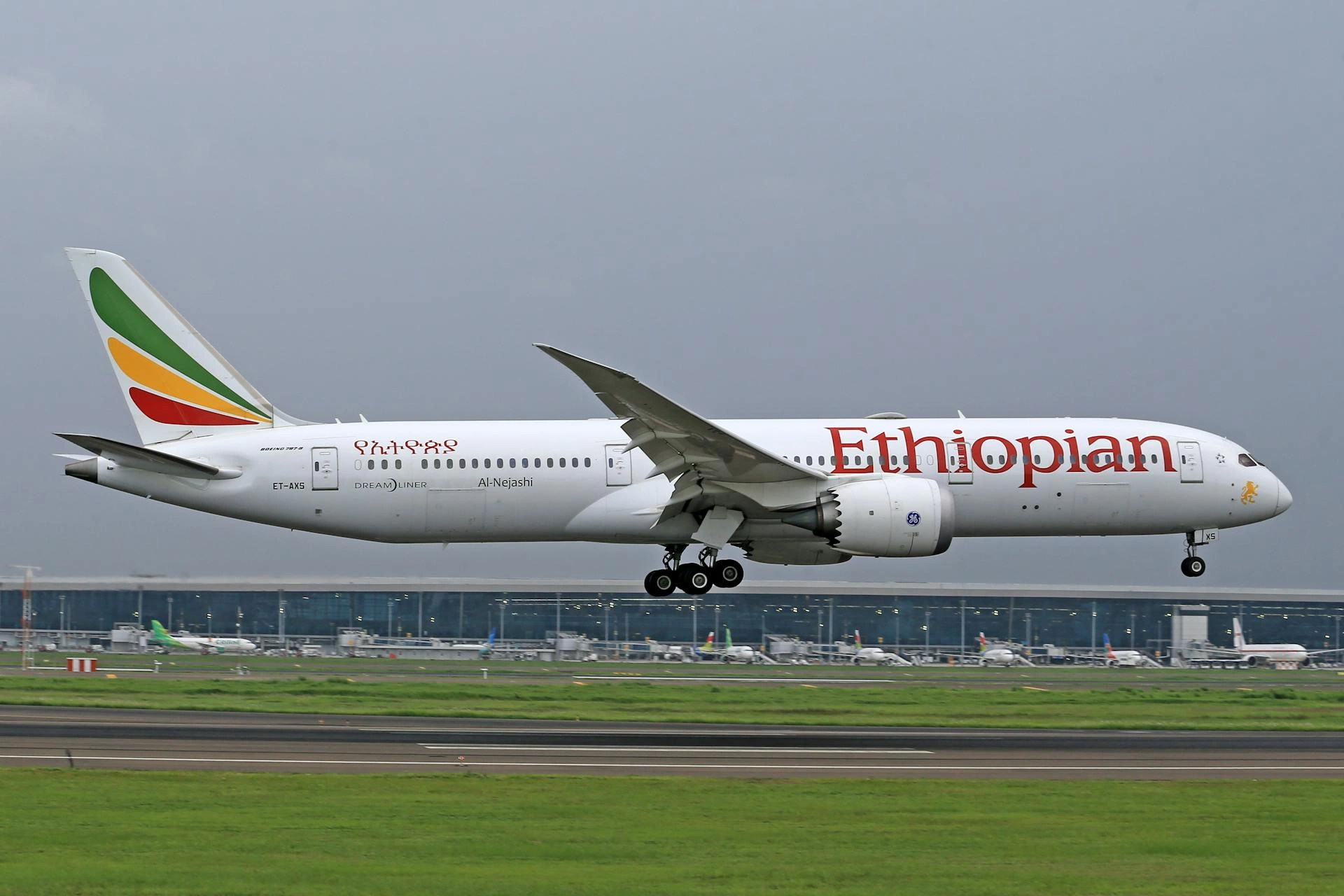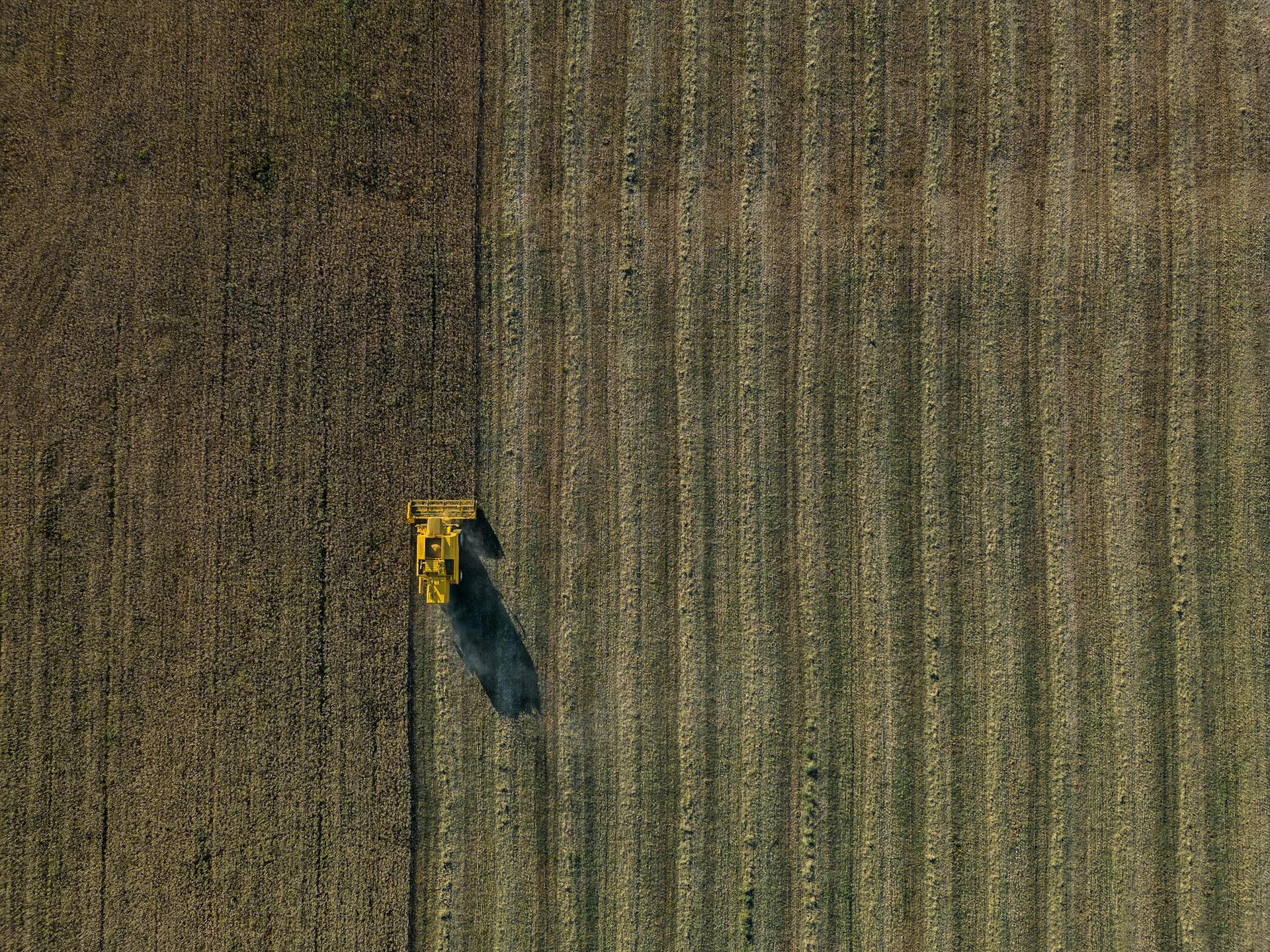Huge Navy drone has pirates and poachers in its sights

John E. Kaye

A pirate and poacher-hunting drone that can fly without a crew for 90 days using only the energy from the sun has made a “true, world-changing first” test flight in the US
The Skydweller, which has a wingspan greater than a Boeing 747, took off and landed from Stennis International Airport (HSA) in Mississippi without “humans on-board or in control”.
A fleet of the aircraft will be deployed for long duration “national security” missions, which could include covert surveillance and reconnaissance flights over the South China Sea and above other “challenging” hot spots around the world.
They will also be used to detect pirates and drug smugglers at sea, and big game poachers in Africa.
The drones, which are reportedly being developed for the US Navy, can cruise at 100 knots and remain airborne – at altitudes of up to 45,000 feet – for months at a time.
Nearly 3,000 square feet of photovoltaic cells on their giant, carbon fibre wings provide continuous power and zero carbon emissions.
By contrast, current combustion-powered aircraft, including piloted planes and drones, are limited to a maximum of around 40 hours flight time.
Skydweller Aero, the US manufacturer, said this makes their aircraft between 10 and 100 times cheaper to operate than conventional planes.
Speaking this week, its CEO Robert Miller said: “This is a true, world-changing first in the aerospace industry.
“Our fleet of uncrewed aircraft will enable a multitude of long-duration missions that support national security and non-terrestrial communications with revolutionary cost savings.
The Skydweller builds on the manned Solar Impulse 2 aircraft that flew around the world in 2015 and 2016 but had to stop every five days.
Its latest, upgraded version will reportedly eliminate the cockpit, allowing space for hardware that allows for autonomous abilities.
In a statement, Skydweller Aero said the drone will also feature a 5G communications relay, sophisticated video and surveillance facilities, satellite communication, and imaging radar.
It can also carry an 800-pound payload.
The statement added: “Autonomous aircraft directly save lives by removing the need for flight crews to be physically present in hostile or dangerous airspace.
“For example, a Skydweller aircraft can take off from the United States, fly itself to the South China Sea, and stay in the air on mission for weeks or months before returning home.
“Additionally, autonomy enables not just traditional long-duration missions, but also new missions that would have formerly been deemed unacceptable due to risk to the flight crew.
“Skydwellers can be deployed for long-duration missions such as providing continuous aerial overage above conflict zones, surveilling naval activity in contested waters without risking pilots’ lives, detecting drug smugglers and pirates at sea, and tracking wildlife migration and poaching in Africa.”
Miller added: “We are applying cutting-edge, 21st century materials science, artificial intelligence, and software development to an industry that has spent more than 100 years building piloted, combustion-based aircraft.
“This allows Skydweller to leap ahead of heritage aircraft manufacturers in terms of aircraft performance, flight duration, and cost effectiveness.”
Further information
www.skydweller.aero
Images © Skydweller
Sign up to The European Newsletter
RECENT ARTICLES
-
 UK and South Korea finalise upgraded free trade agreement
UK and South Korea finalise upgraded free trade agreement -
 Trump lawsuit against BBC raises questions over legal pressure on European public broadcasters
Trump lawsuit against BBC raises questions over legal pressure on European public broadcasters -
 UK government sets up Women in Tech taskforce amid gender imbalance concerns
UK government sets up Women in Tech taskforce amid gender imbalance concerns -
 Mycelium breakthrough shows there’s mush-room to grow in greener manufacturing
Mycelium breakthrough shows there’s mush-room to grow in greener manufacturing -
 Marriott strengthens South African portfolio with new Autograph Collection hotel in Cape Town
Marriott strengthens South African portfolio with new Autograph Collection hotel in Cape Town -
 Oxford to host new annual youth climate summit on UN World Environment Day
Oxford to host new annual youth climate summit on UN World Environment Day -
 Countdown to Davos 2026 as Switzerland gears up for the most heated talks in years
Countdown to Davos 2026 as Switzerland gears up for the most heated talks in years -
 Paribu buys CoinMENA in USD 240m deal as regional crypto markets consolidate
Paribu buys CoinMENA in USD 240m deal as regional crypto markets consolidate -
 AI innovation linked to a shrinking share of income for European workers
AI innovation linked to a shrinking share of income for European workers -
 African airspace overhaul set to shorten flight times for European travellers
African airspace overhaul set to shorten flight times for European travellers -
 Exclusive: Global United Nations delegates meet in London as GEDU sets out new cross-network sustainability plan
Exclusive: Global United Nations delegates meet in London as GEDU sets out new cross-network sustainability plan -
 Fast fashion brands ‘greenwash’ shoppers with guilt-easing claims, study warns
Fast fashion brands ‘greenwash’ shoppers with guilt-easing claims, study warns -
 Europe’s shrinking middle class is turning to the radical right, new study suggests
Europe’s shrinking middle class is turning to the radical right, new study suggests -
 Private sector set to overtake government as main driver of corporate sustainability in 2026, report suggests
Private sector set to overtake government as main driver of corporate sustainability in 2026, report suggests -
 Europe emphasises AI governance as North America moves faster towards autonomy, Digitate research shows
Europe emphasises AI governance as North America moves faster towards autonomy, Digitate research shows -
 JPMorgan plans multibillion-pound tower in Canary Wharf
JPMorgan plans multibillion-pound tower in Canary Wharf -
 Strong workplace relationships linked to higher initiative among staff, study finds
Strong workplace relationships linked to higher initiative among staff, study finds -
 Brexit still hitting poorest hardest as food costs rise and mental health worsens
Brexit still hitting poorest hardest as food costs rise and mental health worsens -
 Global crises reshape household food habits, major review finds
Global crises reshape household food habits, major review finds -
 Sir Trevor McDonald honoured at UWI London Benefit Dinner celebrating Caribbean achievement
Sir Trevor McDonald honoured at UWI London Benefit Dinner celebrating Caribbean achievement -
 Adelphi Masterfil acquires Karmelle to bolster UK machinery manufacturing
Adelphi Masterfil acquires Karmelle to bolster UK machinery manufacturing -
 Cost-of-living pressures push London staff to seek practical perks
Cost-of-living pressures push London staff to seek practical perks -
 AI and scent-science firm Arctech expands into agriculture with Rothamsted base
AI and scent-science firm Arctech expands into agriculture with Rothamsted base -
 Malta PM says future growth hinges on stronger higher-education system
Malta PM says future growth hinges on stronger higher-education system -
 Golden visa surge sets the stage for InvestPro Greece 2025
Golden visa surge sets the stage for InvestPro Greece 2025



























